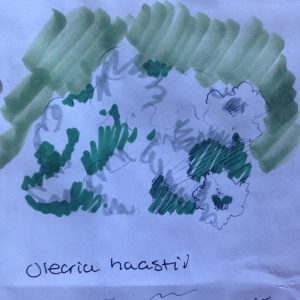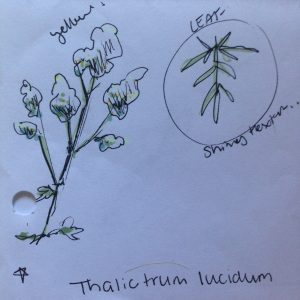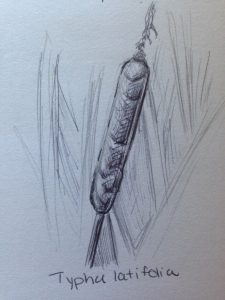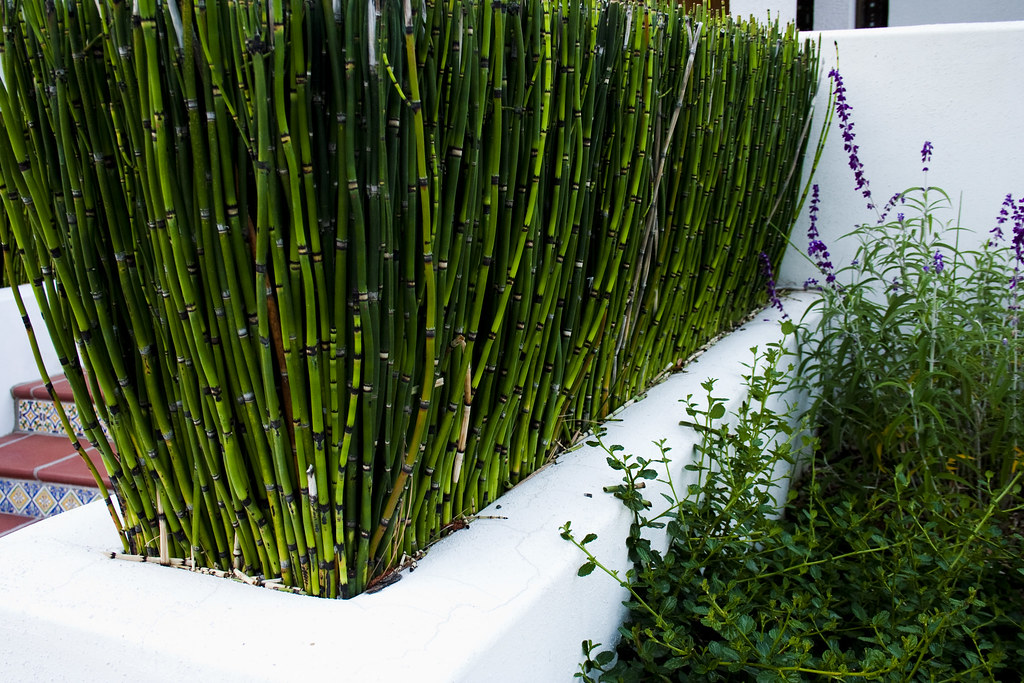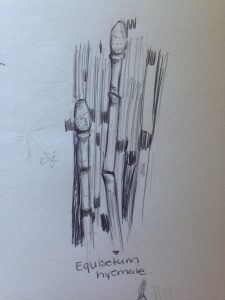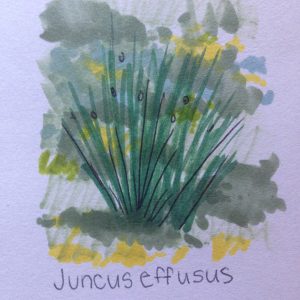
http://www.pflanzenversand-gaissmayer.de/article_detail,Bauerngartenstauden-Oenothera+biennis+-+Gemeine+Nachtkerze,D545D741E0A94F73A59F020C0B807128,753B4E6C34F1424CA6C7B2881C8873C8,de.html
Oenathera biennis – evening primrose – onagraceae family
Class summary: Oil from primrose is good for a variety of ailments. Mood disorders in women. Flowers open up at midnight – attracting moths. This is a biennial plant. Likes a sunny, well-drained site. Tube is characteristic of family (tubular, with ovaries at the end). Yellow flowers. Mostly attracts humming birds and moths because of characteristics. You can find dry seeds on the highway and easily propagate. Fragrant flowers. Hairy stems that are reddish.
Site & Facts: Attracts ‘hawk’ moths, humming birds, bees, ‘Japanese beetles’ and other birds enjoy the seeds. Prefers open dry sunny sites with gravelly/rocky, well drained soil. Drought tolerant. Usually, found along highways, railways, waste sites and open woody areas. Alternate leaf arrangement. Yellow flowers open by night and closes at noon. 4 petals flowers, that last only 1-2 days. Edible roots. Biennal, roset in first year, taller in second year. Can be invasive in certain areas – especially rich, fertile soil. 2-6 ft tall.
Aesthetic character: I find this plant interesting because of its wild-flower appeal and the fact that it attracts moths which in turn might attract bats if it is situated in the right place. I often see this plant when I am on the west coast express train. It looks thriving in the rocky environment and the poor, hot conditions. Thus, I think this would be an adequate place for it – near a rocky/gravelly site where it looks most natural and stands out.

https://www.sanelijo.org/sites/sanelijo.org/files/images/plant_guide/Oenothera/Oenothera_elata1.jpg

http://www.biolib.cz/IMG/GAL/34331.jpg
Nectar guide of evening primrose

https://s-media-cache-ak0.pinimg.com/736x/21/18/ca/2118ca95487db0c59346475129ee7940.jpg
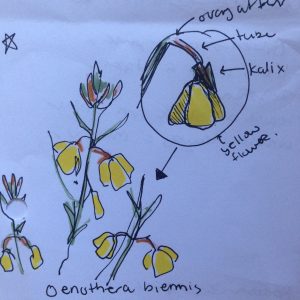


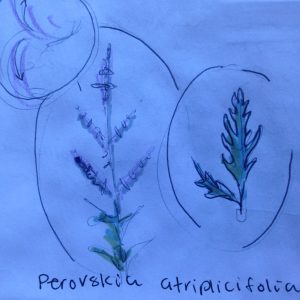
/NewZealandHolly(OleariaMacrodonta)_2010_06_22_GrangeOverSands_135p0.jpg)
